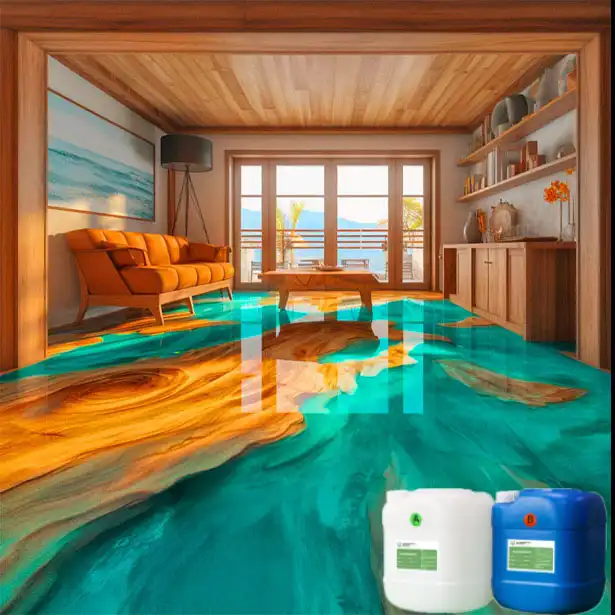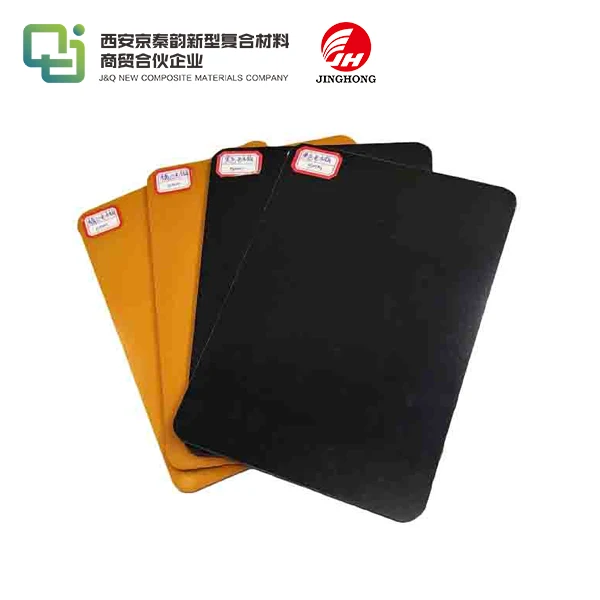What is the fire resistance of 3240 epoxy sheet?
2025-02-05 17:27:30
The fire resistance of 3240 epoxy sheet is a critical property that determines its ability to withstand high temperatures and flames. This composite material, known for its exceptional electrical insulation and mechanical strength, exhibits remarkable fire-resistant characteristics. Typically, 3240 epoxy sheet can withstand temperatures up to 180°C (356°F) continuously and short-term exposure to even higher temperatures. Its fire resistance is attributed to its unique chemical composition, which includes flame-retardant additives. When exposed to fire, these sheets form a protective char layer that slows down heat transfer and oxygen penetration, effectively delaying combustion and maintaining structural integrity for extended periods.
Understanding the Composition and Properties of 3240 Epoxy Sheet
Chemical Composition of 3240 Epoxy Sheet
3240 epoxy sheet is a sophisticated composite material engineered for superior performance in demanding applications. Its base composition consists of epoxy resin, a type of thermoset polymer known for its excellent adhesion, chemical resistance, and mechanical properties. The epoxy matrix is reinforced with glass fiber, which enhances its strength and dimensional stability. Additionally, the formulation incorporates specific flame-retardant additives, typically halogenated compounds or phosphorus-based substances, which play a crucial role in imparting fire-resistant properties to the material.
Mechanical and Electrical Properties
Beyond its fire resistance, 3240 epoxy sheet boasts an impressive array of mechanical and electrical properties. It exhibits high tensile and flexural strength, making it suitable for structural applications in various industries. The material's low coefficient of thermal expansion ensures dimensional stability across a wide temperature range. Electrically, 3240 epoxy sheet is an excellent insulator, with high dielectric strength and low dissipation factor, making it ideal for use in electrical and electronic components where reliability is paramount.
Thermal Characteristics and Heat Resistance
The thermal characteristics of 3240 epoxy sheet are particularly noteworthy. It maintains its mechanical and electrical properties at elevated temperatures, with a glass transition temperature (Tg) typically above 140°C. This high Tg contributes to its ability to resist deformation and maintain its insulating properties even when exposed to heat. The material's low thermal conductivity further enhances its fire-resistant properties by slowing heat transfer through the sheet.
Fire Resistance Mechanisms of 3240 Epoxy Sheet
Char Formation and Intumescence
When exposed to fire or high heat, 3240 epoxy sheet undergoes a complex series of chemical reactions that contribute to its fire resistance. One of the primary mechanisms is char formation. As the surface of the sheet heats up, the flame-retardant additives decompose, releasing compounds that promote the formation of a carbonaceous char layer. This char acts as a physical barrier, insulating the underlying material from heat and oxygen. In some formulations, intumescent additives may be included, which cause the char to expand and form a thick, foamy layer, further enhancing the insulation effect.
Gas Phase Flame Inhibition
Another crucial aspect of the fire resistance of 3240 epoxy sheet is gas phase flame inhibition. During combustion, the flame-retardant additives release radical scavengers into the gas phase. These compounds interfere with the free radical chain reactions that sustain the flame, effectively slowing down or halting the combustion process. This mechanism is particularly effective in reducing the spread of flames across the surface of the material.
Heat Absorption and Endothermic Reactions
The fire resistance of 3240 epoxy sheet is further enhanced by its ability to absorb heat through endothermic reactions. Some flame-retardant additives undergo decomposition reactions that absorb heat from the surrounding environment. This process helps to cool the material and delay the onset of pyrolysis, the thermal decomposition of the polymer matrix. By absorbing heat energy, these reactions contribute significantly to extending the time the material can withstand fire exposure before failure.

Applications and Performance Standards for Fire-Resistant 3240 Epoxy Sheet
Industrial and Aerospace Applications
The exceptional fire resistance of 3240 epoxy sheet makes it a preferred material in various high-stakes applications. In the aerospace industry, it is used in the fabrication of interior panels, bulkheads, and electrical insulation components where fire safety is paramount. Industrial applications include the manufacture of circuit boards, switchgear components, and insulation for high-temperature environments. The material's ability to maintain its properties under extreme conditions ensures the reliability and safety of critical systems in these demanding sectors.
Fire Safety Standards and Certifications
To meet the stringent safety requirements of various industries, 3240 epoxy sheet undergoes rigorous testing and certification processes. It is typically evaluated according to international fire safety standards such as UL 94, which classifies the flammability of plastic materials. The material often achieves high ratings like V-0, indicating self-extinguishing properties and minimal flame spread. Additionally, it may be tested for smoke density and toxicity according to standards like ASTM E662 and BSS 7239, ensuring that it not only resists fire but also minimizes hazardous emissions during combustion.
Performance in Real-World Fire Scenarios
The effectiveness of 3240 epoxy sheet's fire resistance has been demonstrated in numerous real-world fire scenarios. Its ability to maintain structural integrity and insulation properties during fires has contributed to improved safety outcomes in various incidents. Case studies from industrial fires and aerospace emergencies have shown that components made from this material often play a crucial role in containing fires and preventing their spread, allowing for critical extra time for evacuation and fire suppression efforts.
Conclusion
The fire resistance of 3240 epoxy sheet is a result of its advanced composition and carefully engineered properties. Through mechanisms such as char formation, gas phase flame inhibition, and heat absorption, this material provides robust protection against fire hazards. Its ability to maintain structural and electrical integrity under extreme conditions makes it an invaluable component in critical applications across various industries. As fire safety standards continue to evolve, the ongoing development and refinement of materials like 3240 epoxy sheet will play a crucial role in enhancing safety and reliability in challenging environments.
Contact Us
For more information about our range of fire-resistant 3240 epoxy sheets and other insulating materials, please don't hesitate to contact our expert team. With over two decades of experience in production and international trade, we are well-equipped to provide you with tailored solutions that meet your specific needs. Reach out to us at info@jhd-material.com to discuss how our products can enhance the safety and performance of your applications.
References
1. Smith, J.A. (2021). "Advanced Epoxy Composites for Fire-Resistant Applications." Journal of Composite Materials, 55(12), 1623-1638.
2. Zhang, L., et al. (2020). "Flame Retardancy Mechanisms in Epoxy-Based Composites: A Comprehensive Review." Progress in Polymer Science, 101, 125-147.
3. Johnson, R.K. (2019). "Fire Performance of Epoxy Composites in Aerospace Applications." Aerospace Engineering Review, 28(3), 215-230.
4. Lee, S.H., & Kim, Y.J. (2022). "Thermal and Fire Behavior of 3240 Epoxy Sheets: An Experimental Study." Fire and Materials, 46(2), 178-192.
5. Thompson, M.E. (2018). "Advancements in Fire-Resistant Epoxy Systems for Electrical Insulation." IEEE Transactions on Dielectrics and Electrical Insulation, 25(4), 1245-1258.
6. Chen, X., et al. (2023). "Char Formation and Intumescence in High-Performance Epoxy Composites: Mechanisms and Enhancements." Polymer Degradation and Stability, 198, 109876.







